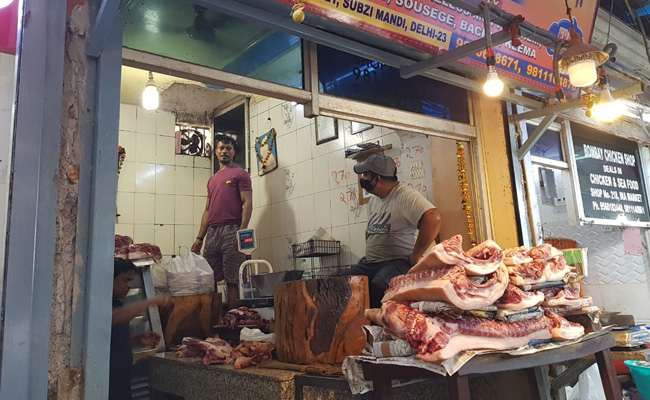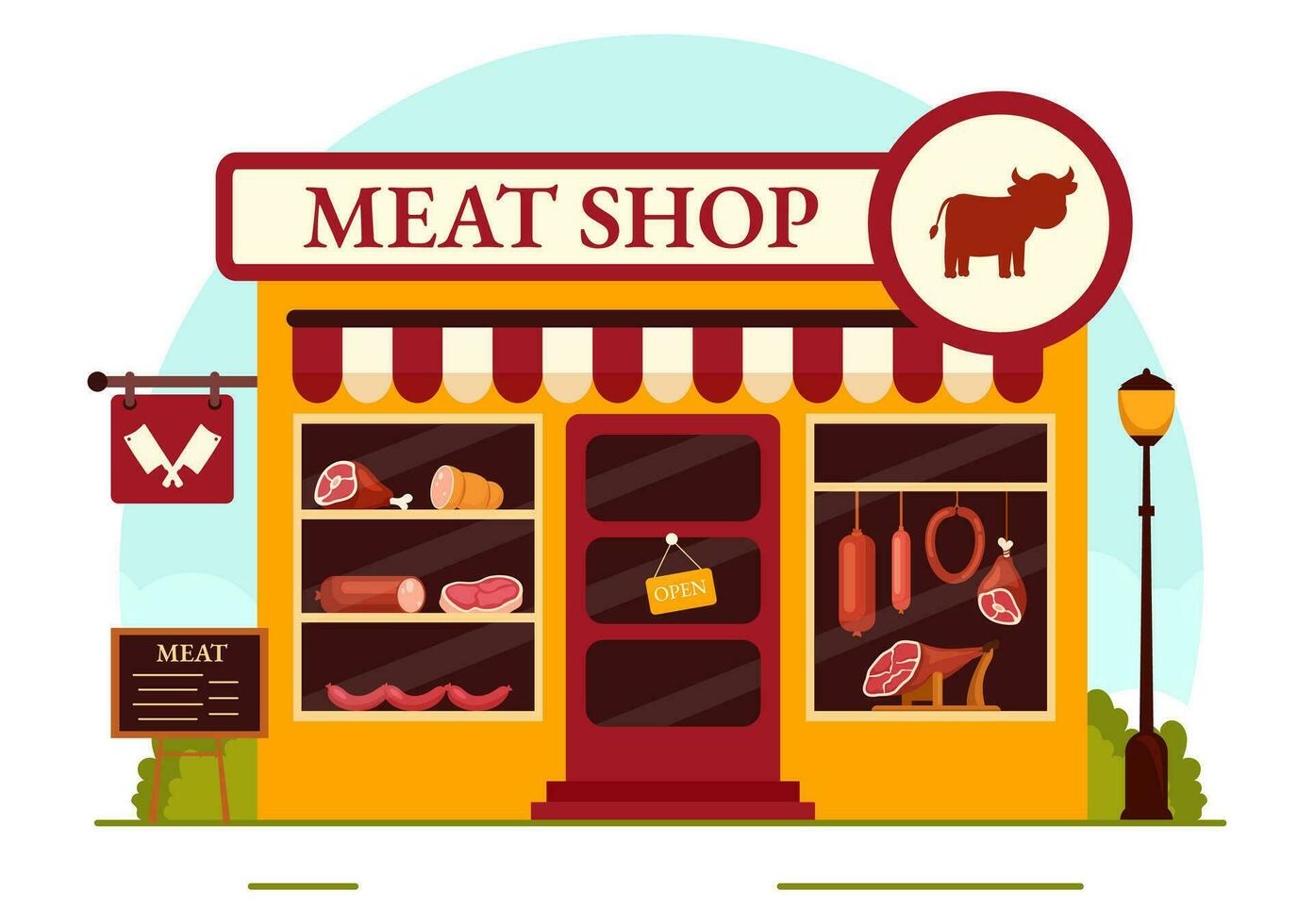From Farm to Table: Welcoming the Custom of Meat Markets and Butcheries
In an era controlled by benefit and mass manufacturing, there exists a peaceful transformation taking location in the culinary globe - a return to the origins of food sourcing via the tradition of meat markets and butcheries. These facilities, usually overlooked in the shadow of supermarkets, are experiencing a revival as critical customers seek quality, traceability, and a connection to the origins of their food. But what is driving this shift back to the ways of old? The response lies in the crossway of heritage techniques, ethical considerations, and a wish for an extra authentic gastronomic experience.
The Revival of Meat Markets
The rebirth of meat markets across different communities indicates a change towards a restored admiration for in your area sourced, high quality meats. Recently, customers have become a lot more aware of the beginnings of their food, leading to an expanding demand for openness and sustainability in the meat sector. This pattern has paved the means for the resurgence of traditional meat markets and butcheries, where consumers can directly connect with knowledgeable butchers and resource their meat from close-by ranches.
One of the key driving aspects behind this revival is the wish for better and fresher products. By acquiring meat from regional markets, customers can make sure that they are getting fresh cuts that have not taken a trip cross countries or been resting in storage space for prolonged durations. Additionally, sustaining local meat markets aids reinforce the regional economic climate and advertises neighborhood links.
Furthermore, the resurgence of meat markets aligns with the wider activity in the direction of sustaining small farmers and sustainable farming practices. By selecting to acquire from these establishments, customers are not just improving high quality meat but also adding to an extra eco-friendly and honest food system.
Workmanship in Butcheries
With the resurgence of meat markets stressing quality and sustainability, the focus changes in the direction of acknowledging the detailed craftsmanship presented in contemporary butcheries. Workmanship in butcheries exceeds simply cutting meat; it embodies an ingrained practice of experience and precision in managing various cuts of meat - Bagley Farms Meat Market. Butchers, typically educated for years, have a wealth of understanding on the makeup of animals, knife skills, and the art of damaging down carcasses efficiently
In modern-day butcheries, workmanship appears in the method butchers carefully resource their meat, guaranteeing high criteria of top quality and ethical methods. They take satisfaction in comprehending the provenance of the meat they sell, working closely with regional farmers and suppliers to use customers full transparency and traceability.
)
Locally Sourced Meat Quality
In the middle of the expanding passion in sustainable practices, an emphasis on in your area sourced meat quality has actually ended up being progressively famous in the meat market industry. Customers are progressively seeking openness in the sourcing and manufacturing of their meat, causing a rise in need for locally raised and refined meats.
Locally sourced meat uses many advantages, consisting of fresher items, assistance for neighborhood farmers, and minimized environmental influence due to lowered transport distances. By acquiring meat from close-by ranches and butcheries, customers can have much more confidence in the high quality and safety of the items they are getting.
Additionally, in your area sourced meat commonly comes from pets that have been elevated in much more gentle problems, with a concentrate on pet well-being and sustainable farming techniques. This ethical approach to meat manufacturing resonates with lots of consumers who are worried about the origins of their food and its effect on the environment.
Farm-to-Table Buying Experience
In the world of locally sourced meat quality, the farm-to-table buying experience offers consumers a direct link to the origins of their food. This one-of-a-kind shopping Find Out More experience allows clients to map the trip of their meat, from the farm where the pets were raised to the table where it will be taken pleasure in. By participating in farm-to-table shopping, individuals can get a much deeper understanding of the farming techniques, animal welfare requirements, and sustainability efforts entailed in generating their meat.

Tradition Satisfies Modern Culture


The merging of typical meat markets and butcheries with modern-day culture offers an one-of-a-kind possibility for the conservation of artisanal methods in a contemporary context. While modern-day improvements have actually transformed numerous sectors, the significance of conventional meat markets and butcheries remains deeply rooted in history and workmanship. This blend of custom and modernity enables for the continuation of time-honored strategies while adjusting to the requirements and preferences of today's consumers.
In today's busy globe, where benefit typically defeats quality, there is a growing appreciation for the heritage and authenticity that typical meat markets and butcheries use. Consumers are increasingly looking for transparency in the sourcing and manufacturing of their food, leading them back to the tailored service and knowledge found in these establishments. Furthermore, the focus on sustainability and moral methods lines up with the worths upheld by several conventional meat markets and butcheries, promoting a sense of neighborhood and obligation in the direction of the environment.
As culture continues to progress, the coalescence of custom and modernity in meat markets and butcheries not just guarantees the preservation of artisanal practices but additionally enhances the culinary landscape with a mix this hyperlink of heritage and technology.
Final Thought
To conclude, the custom of meat markets and butcheries is experiencing a revival in modern culture. These establishments use locally sourced meat of premium quality, supplying a farm-to-table shopping experience for customers. The workmanship and know-how located in butcheries add to the credibility and worth of the items provided. By welcoming this tradition, individuals have the ability to get in touch with their food in a meaningful means, connecting the void between the past and today - Bagley Farms Meat Market.
In an era dominated by benefit and mass production, there exists a silent change taking location in the cooking globe - a return to the origins of food sourcing Click This Link via the practice of meat markets and butcheries.The resurgence of meat markets throughout various communities suggests a shift towards a renewed gratitude for locally sourced, high quality meats.With the resurgence of meat markets highlighting high quality and sustainability, the focus moves towards identifying the complex workmanship showed in modern-day butcheries. Workmanship in butcheries goes past simply reducing meat; it symbolizes a deep-rooted tradition of competence and precision in handling different cuts of meat.In today's fast-paced globe, where ease usually trumps quality, there is an expanding recognition for the heritage and credibility that typical meat markets and butcheries supply.